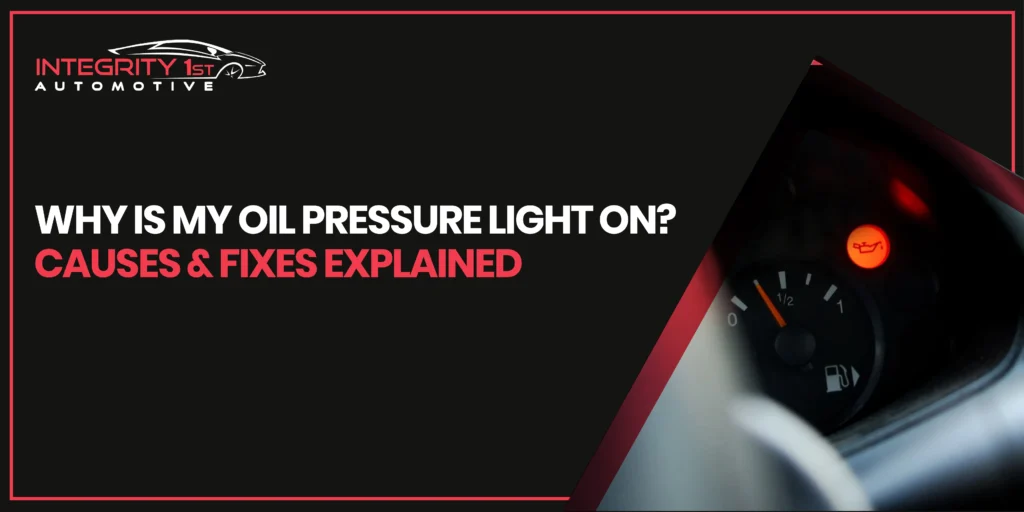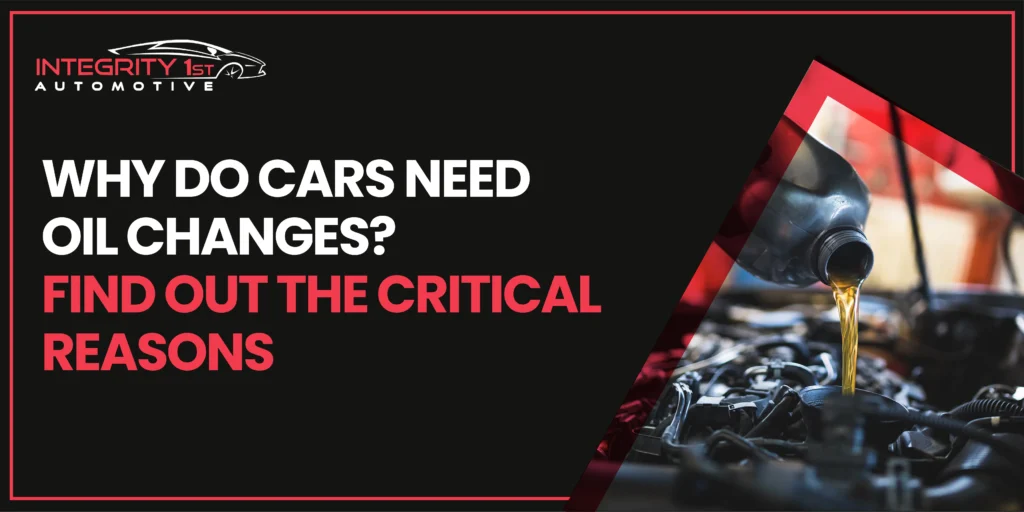Planning to buy a used car and not sure where to start? Don’t worry, our ASE-Certified Technicians highlight their top tips to help you make an informed decision, and avoid costly mistakes!
We All Know Someone With A Used-Car Nightmare Story
Here are 7 ways to make sure you don’t become that ‘someone’
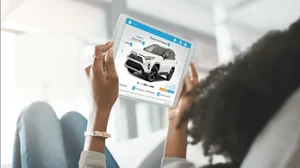
#1. Check The Vehicle’s Rating Based On Year, Make, and Model
Before investing time, energy, and even money into a used car – it is important you run a basic checkup for the vehicle make and model. Don’t worry, we’ve got your back! To begin, click here to browse the National Highway Traffic and Safety Administration (NHTSA) database for vehicle safety and recalls. If the prospective vehicle appears to be in good standing, then you may browse vehicle make and model ratings from Consumer Reports, JD Power & Associates, and RepairPal.

#2. Check the Vehicle’s Service History on CARFAX®
Virtually all reputable shops report-to and utilize CARFAX®. One of the key things to look out for when reviewing any CARFAX® report is to check the frequency of vehicle service. Healthy vehicles should have reports which reflect routine maintenance being performed regularly such as oil changes, tune-ups, fluid exchanges, and alignments. These reports will also alert you if the vehicle has been involved in an accident or if there is a suspicion that the owner has tampered with the mileage!
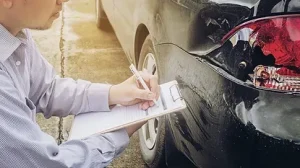
#3. Visually Inspect The Car’s Frame
Make sure you bring the vehicle to level (flat) ground. Align yourself with the vehicle and check for oddities such as bent doors or fenders sticking out. Next, you should open the trunk and the hood and look for any warped parts which are tell-tale signs of an accident. Lastly, raise the vehicle and take a look at the undercarriage to ensure nothing is hanging or loosely kept together – another tell-tale sign of damage!
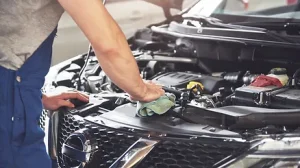
#4. Pop Your Head Under The Hood
If you have no idea what you’re looking at when you pop the hood of your vehicle – don’t worry. First, check the engine for any signs of fluid or oil leaks, cracked belts and hoses, and any rust. Next, check the oil and transmission fluid. When pulling out the oil dipstick, if the color is dark brown or black, it’s NOT a good sign. Consider it a huge red flag if you find water droplets or foam on the oil dipstick. Transmission fluid should NOT appear brown or smell burnt. Also, a red flag with transmission fluid is if you see visible metal pieces after wiping the dipstick with a rag.

#5. Don’t Be Fooled By Low Mileage
It’s easy to assume that mileage reflects the ‘remaining life’ of a vehicle – but this isn’t necessarily true. Did you know that a vehicle with moderate mileage with regular usage is a much safer buy than a neglected vehicle with low mileage. For example, when a car isn’t used often, rubber and plastic components will become brittle and break off. Unused cars are often victims of moisture buildup which cause corrosion to critical components of the engine! It’s also important to note that not all miles are equal; a car that is primarily driven on highways is vastly superior to those used on city streets.
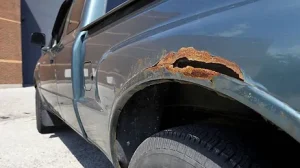
#6. Beware Of Rust
Corrosion is a cancer to all vehicles. It is critical that you take the time, bring a flashlight, and truly inspect as much of the vehicle as possible for signs of rust. The problem with rust is that it spreads and consumes your vehicle. If you find a tiny patch of rust, that’s not a dealbreaker – although you should fix it immediately upon purchase. However if you identify significant rust around the vehicle, our advice is to walk away.

We recommend you plan a route of at least 5-7 miles including some time on the highway. Get a feel of the car’s steering, braking, and suspension as you go over bumps and other deformities on the road. On the highway, if you feel the vehicle shaking as you accelerate, the best case is that it’s due for an alignment issue, but it may be a sign of a major issue. Lastly, be sure to test the power windows, radio and other electronic components of the vehicle. Used-car buyers often forget to test the electronics out and it becomes an annoying and costly inconvenience to deal with after-the-fact.
Are Professional Vehicle Pre-Purchase Inspections Worth It?

A pre-purchase inspection facilitated by an ASE-Certified Technician is an extremely thorough inspection aimed to ultimately educate you on the exact state of the prospective vehicle you plan to purchase. At the end of the inspection, you will know exactly what you’re getting into regarding the existing condition of the vehicle in addition to potential warnings for future issues that are likely to arise. Pre-Purchase inspections include, but are not limited to, a thorough lookup of the vehicle rating and history, structural integrity, safety features, electronic systems, powertrain, leaks, undercarriage, suspension, fuel systems, emissions, power steering, A/C, exhaust and a test-drive. For newer vehicles, the technician will dig into the onboard computer system which includes recently cleared computer codes. At the end of the inspection, you will receive a copy which includes each line item coupled with a description and photo/video evidence.


